
All conditioner’s use the same basic chemistry to do the same thing. They all have some form of a sulfite (SO3, one sulfur atom with three oxygen atoms) that oxidizes in the presence of chlorine to a sulfate (SO4, one sulfur atom and four oxygen atoms). The reaction turns the toxic chlorine into harmless table salt (chloride). ALL conditioners do this and ONLY this.
While virtually all of these products now claim to neutralize or temporarily “detoxify” ammonia, nitrite and nitrate, NONE of them do that. All of them are just spouting marketing hype. Note that while as I have pointed out Mother Nature can be very flexible and unpredictable in many areas related to fishkeeping, this isn’t one of those areas. The above is based on firmly-established, indisputable facts of chemistry.
My recommendation with conditioners is simple:
.
Buy ONLY Conditioners that say “Sodium Thiosulfate” on the Bottle in the Ingredients List. Then use 5X the Recommended Dosage.
.
When I used to have chlorinated water for a 60 gallon tank 50% water change I would take the amount of thiosulfate conditioner which would, per the bottle, condition 30×5 or 150 gallons of water and add it to the 30 gallons that was left in the aquarium after draining. Thiosulfate is just very harmless, even at a 10x concentration. Then I would refill the tank with water above 70 degrees. Easy.
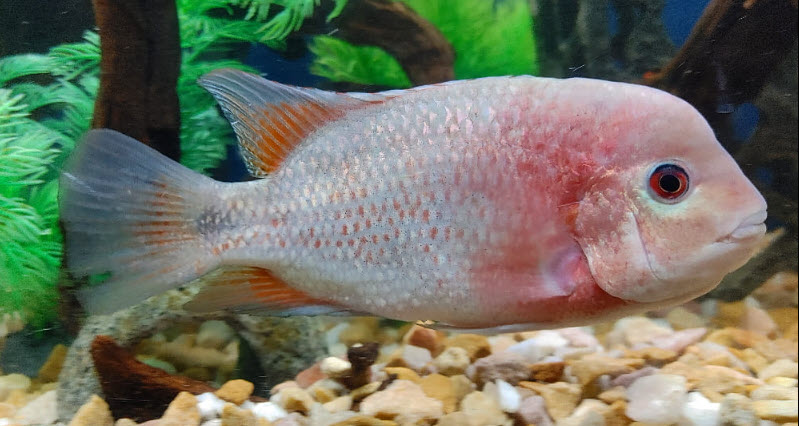
Note that the reason for the 5X recommendation is that the water can be much higher in chlorine. Municipalities commonly “chlorine pulse” and go to 4 ppm, which requires this 5X dosage. Because thiosulfate is such a mild reducing agent, a 5X dosage is harmless to fish.
Check with you local water company as to the levels of chlorine and chloramine they might “pulse” with. In some localities it might be wise to test the water with a total chlorine pool test kit before adding the conditioner.
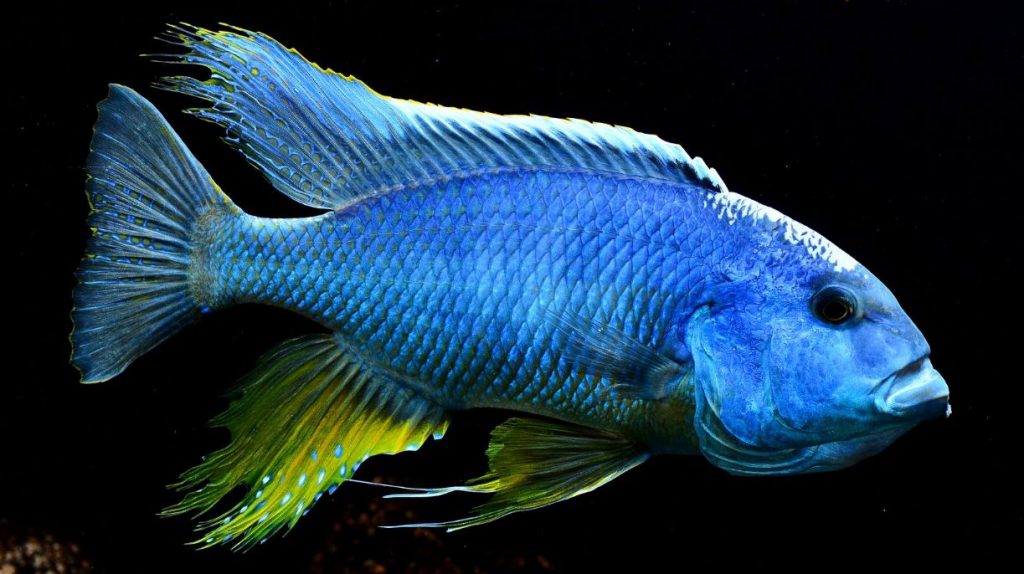
Thiosulfate “Conditioners”
Many off-the-shelf chlorine neutralizers (API Conditioner, Wardley’s ChlorOut, Aqueon Conditioner, Weco Dechlor, Marineland Conditioner, Mardel’s MarChlor, Drs. Foster & Smith Chlorine Neutralizer) list as their active ingredient sodium thiosulfate. This is a very safe chemical to use with fish.
The actual reaction of chlorine with sodium thiosulfate is:
Na2S2O3 + 4 Cl2 + 5 H2O -> 2 NaHSO4 + 8 HCl
Alternatively this can be written (in water chlorine gas goes to hypochlorite):
Na2S2O3 + 4NaClO + H2O –> 2NaHSO4 + 4NaCl
The end result of these equations are simply sodium hydrogen sulfate, hydrochloric acid and/or sodium chloride in quantities so small they can be ignored.
With chloramine this equation becomes:
Na2S2O3 + 4 NH2Cl + 5 H2O -> 2 NaHSO4 + 4 NH4Cl
The end result of this equation is sodium hydrogen sulfate and ammonium chloride in quantities so small they can be ignored.
Homemade Conditioner
Note the cheapest conditioner can be made by dissolving 32 grams of sodium thiosulfate in one cup of water (tap water is fine). You don’t want to mix up too much as the solution does go bad with time (like two years time). Add one teaspoon of the solution per 50 gallons of the water to be treated. Since there are 100 drops in a teaspoon, this is a rate of two drops per gallon. To go to the 5x simply go to five teaspoons per fifty gallons, ten drops per gallon.
The metric equivalent is 34 grams sodium thiosulfate in 250 grams of water. Add five milliliters solution per 200 liters of water to be treated (half a drop per liter). To go to 5x simply add 25 milliliters solution per 200 liters of water to be treated.
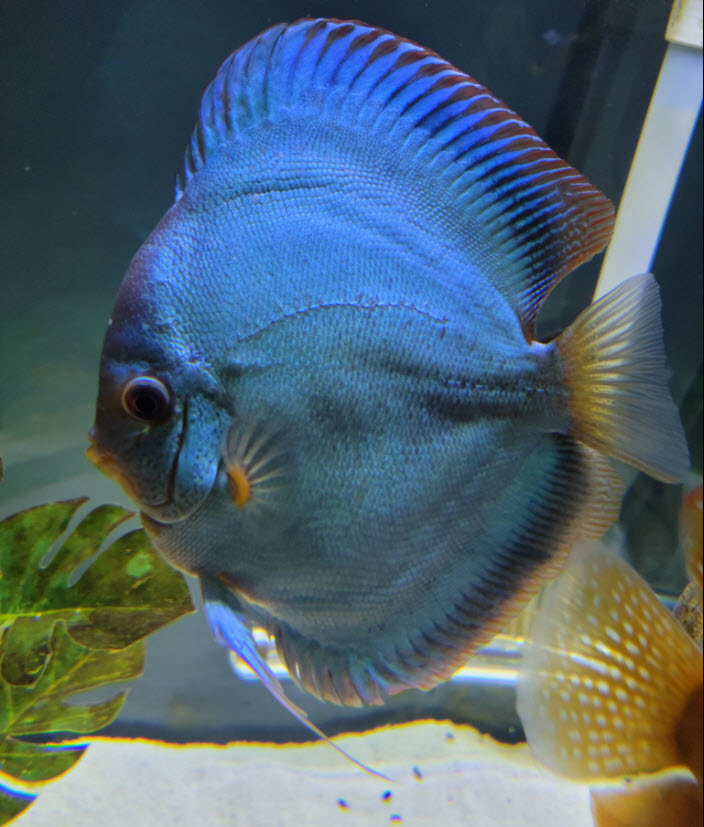
SeaChem Prime and SeaChem Safe
SeaChem Prime and SeaChem Safe are sodium dithionite. Sodium dithionite removes chlorine because it is a mild reducing agent and chlorine gas is a strong oxidizing agent. It is exactly equivalent to sodium thiosulfate as a remover of chlorine, no better, no worse.
In water sodium dithionite decomposes to sodium thiosulfate and sulfurous acid:
2 Na2S2O4 + H2O => Na2S2O3 + 2 H2SO3
This sulfurous acid decomposes into water and sulfur dioxide. The sulfur dioxide is the “sulfurous sewage” smell you can get with Safe and Prime. These two chemical species then react with the chlorine to produce table salt
2Na2S2O4 + H2O –> Na2S2O3 + 2NaHSO3
Na2S2O3 + 4NaClO + H2O –> 2NaHSO4 + 4NaCl
2NaHSO3 + 2NaClO –> 2NaHSO4 + 2NaCl
2H2SO3 + 4NaClO + H2O -> 3 H2SO4 + 4 NaCl
Seachem makes a lot of deceptive or false claims about the abilities of their Prime and Safe products (“Prime detoxifies ammonia, nitrite and nitrate“). These claims probably do not harm the fish. But the claims need to be called out for the deception that they are. We do that in the following link:
5.5.3.2. Marketing Hype for Prime and Safe
Prime and Safe both decompose in water to form quantities of sulfur dioxide gas. Sulfur dioxide gas has a sulfurous sewage smell. Sulfur dioxide gas also can irritate the gills of the fish. In sufficient quantity it can even kill the fish.
This gives the hobbyist three good reasons not to use Prime or Safe:
- No one wants a smelly tank
- No one wants the gills of their fish to be irritated
- No one should want to support a company making false claims
.

Sulfinate Conditioners
Another chemical which is used to remove chlorine is sodium hydroxymethanesulfinate (Tetra AquaSafe Plus, Kordon AmQuel, Kordon AmQuel plus, API Aqua-Essential, ClorAm-X, Hikari Ultimate, API Stress Coat +). Sodium hydroxymethanesulfinate (used to be called “Rongalite”) does remove chlorine via the equation:
HO-CH2-SO3Na + Cl2 + H2O => HO-CH2-SO4Na +2HCl.
This is exactly the same as the sodium thiosulfate and sodium dithionite, no difference in effectiveness or in capabilities. And this product categorically does not remove ammonia or “detoxify” it for 24 hours. That’s marketing hype (see the link below for chemistry). The HO-CH2-SO4Na in this equation will go rather rapidly to a solution of formaldehyde and sodium sulfite, especially in acid water. The formaldehyde can kill fish. So these products need to be used with more caution than other water conditioners.
5.5.3.1. “Ammonia Detoxifying” Claims
These “sodium hydroxymethanesulfinate” products are made by taking sodium dithionite and adding differing amounts of formaldehyde and sodium bicarbonate. Sometimes other sulfite salts like sodium bisulfite are added. These additions do not change the chemistry one bit.
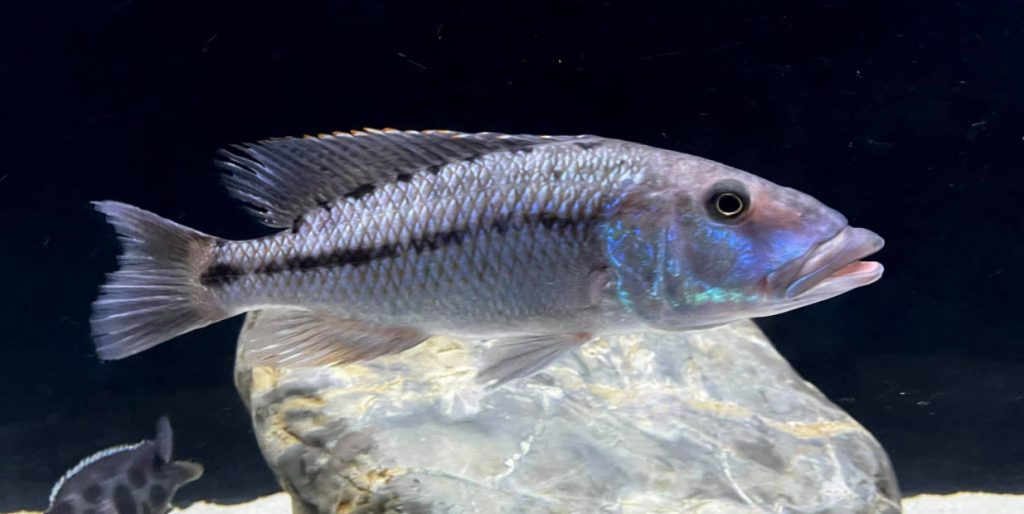
Formaldehyde stabilizes the dithionite by the formation of a compound called “Rongalite” or sodium hydroxymethanesulfinate via the following reaction.
Na2S2O4 + 2 CH2O + H2O → HO-CH2-SO3Na + HO-CH2-SO2Na
The formaldehyde is typically added in excess to prevent decomposition of the product. The sodium hydroxymethanesulfinate will also revert to formaldehyde when its neutralizes chlorine. This formaldehyde is why one cannot excessively overdose these products or add it to formalin based medications. A formalin overdose can be made.
Because the conditioners that do not use the sodium thiosulfate chemistry rarely identify what chemical is in them we recommend that all products that do not have sodium thiosulfate on the label be treated as though they have formalin in them.
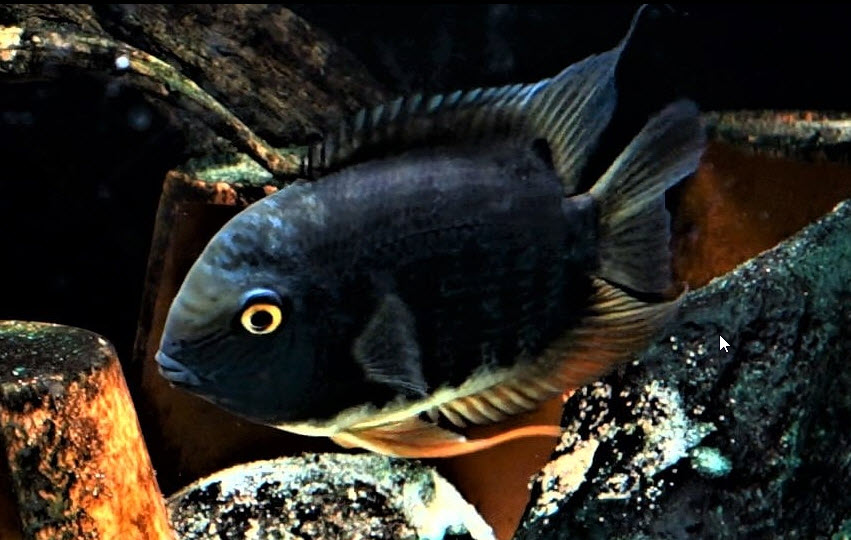
Toxicity of Sodium Thiosulfate
I’m constantly getting comments like “a 5x concentration of sodium thiosulfate will remove all the oxygen from the water and suffocate the fish“. The concentration in ppm of sodium thiosulfate in the water at 5x is about 13 ppm.
There are several pertinent studies:
- The mosquito fish, Gambusia affinis, died at a very high concentration of 24,000 ppm sodium thiosulfate, close to the concentration of salt in sea water (“Toxicity to Gambusia affinis of Certain Pure Chemicals in Turbid Waters”, Wallen, et al.,1957).
- The flatworm Polycelis nigra was found to die at 8400 ppm sodium thiosulfate (“A Study in the Relative Toxicity of Anions with Polycelis Nigra (Planarian) as Test Animal.” Jones, 1941).
- The water flea Daphnia magna was found to die at a level of 520 ppm sodium thiosulfate (“The Toxicity Thresholds of Various Sodium Salts Determined by the Use of Daphnia magna”, Anderson, 1946).
‘nough said.
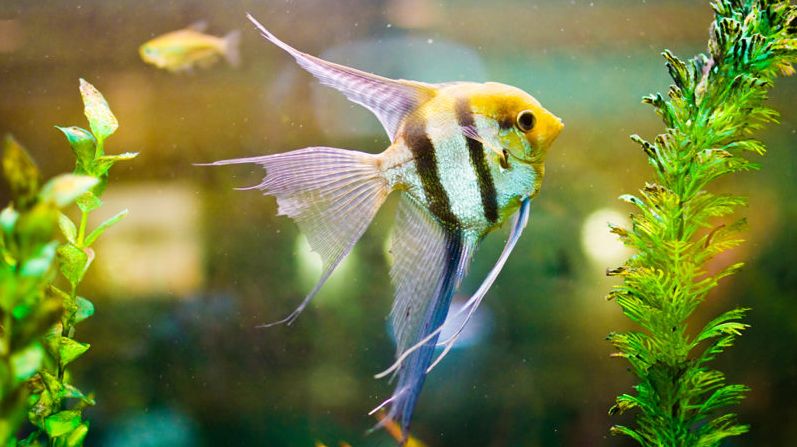
Conditioners do not Deplete Oxygen Levels
One of the myths of conditioners is that conditioners remove oxygen from the aquarium water and thus aeration is needed and one must never overdose. A half used bottle of conditioner has a sizable amount of oxygen in it in the air above the fluid. Yet it will take two to five years for half of the conditioner to be oxidized. And this is even if the bottle is opened and closed once a month for those two and a half years. That’s a lot of oxygen available. Yet the oxygen doesn’t rapidly combine with the sulfite (SO3) in its various forms to neutralize it.
For instance, to get sodium thiosulfate to reduce oxygen one has to heat the pure salt to over 120 degrees C. In a 23 degree aquarium there will be virtually NO reduction of oxygen going on.
The key here is that oxygen is a much weaker oxidizer than is chlorine. So conditioner categorically does not remove oxygen from an aquarium and can be overdosed without fear of removing the oxygen from the water.
If you overdose one of the formaldehyde based water conditioners with an excess of formaldehyde in them, you can possibly damage the gills of the fish and they will “pant” at the surface of the water. This is due to gill damage, not low oxygen levels. If you overdose a sodium dithionite product the sulfurous acid will irritate the gills and can in extreme cases kill the fish.

Further Reading
There are some aquarium hobbyists who are interested in delving deep into the science and the calculations behind all aspects of the hobby. For those who are so inclined the following is pertinent:
5.3.3. Water Conditioners
5.5.3.1. “Ammonia Detoxifying” Claims
5.5.3.2. Seachem Prime and Safe
5.5.3.4. Water Conditioner Cost
5.5.3.5. Water Conditioner Testing
5.5.3.6. Review Of Water Conditioners
.
Return to Poisons Menu
.
Aquarium Science Website
The chapters shown below or on the right side in maroon lead to close to 400 articles on all aspects of keeping a freshwater aquarium. These articles have NO links to profit making sites and are thus unbiased in their recommendations, unlike all the for-profit sites you will find with Google. Bookmark and browse!
.

Dave says
In reply to Voxy ….Yes same stuff.
Voxxy says
Sodium thiosulfate…, is this the same as sodium thiosulfate pentahydrate?
Dave says
In reply to Ben z …. The EDTA is useless. End of story.
B z says
Does the EDTA in (some) water conditioners actually have any benefit…? I’m inclined to think not, but I’m wondering if there could be some scenario where it is needed/desirable
Dave says
Ben z …. No idea when.
Ben z says
I’ve been curious about the history of the aquarium hobby for quite a while now – and I just wanna ask, do you remember roughly when all the dechlorinators started claiming to neutralize ammonia n its friends?